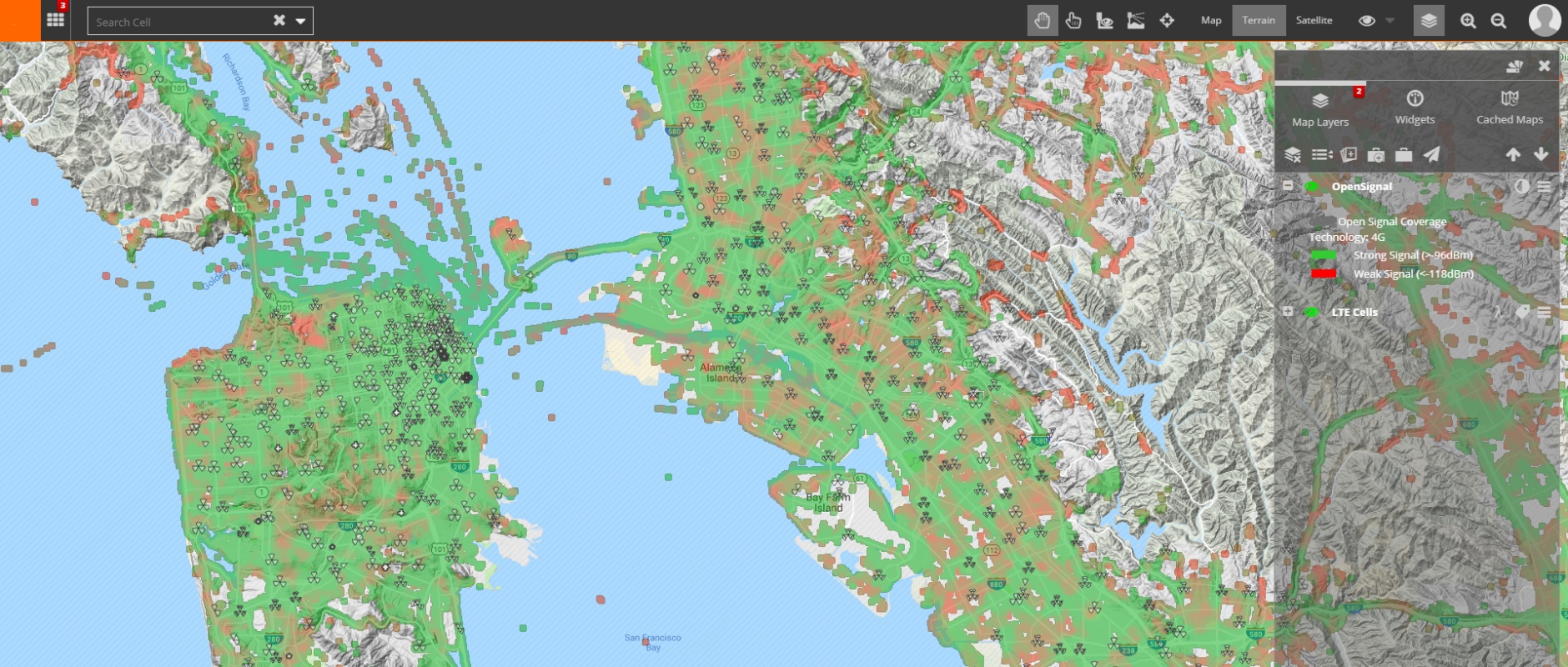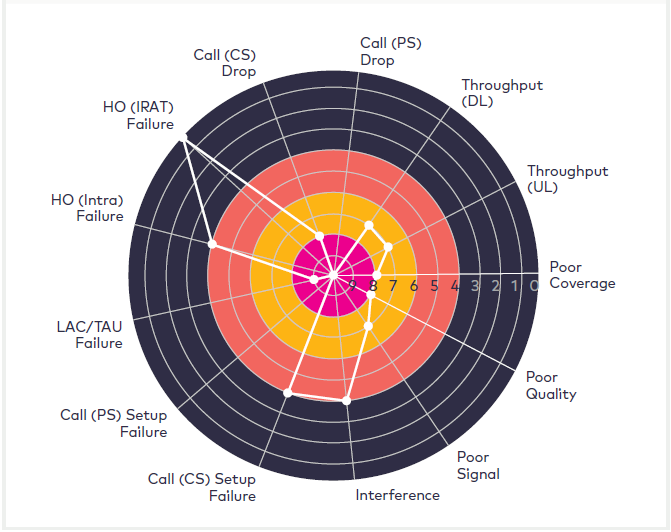Parag Shah, SVP & Customer Business Executive, explains in this exclusive sponsored article how operators can leverage existing assets alongside 5G.
As 5G gradually takes hold throughout the industry, service providers are increasingly exploring how to leverage key enabling technologies – such as vRAN, SDN, NFV, IoT, AI/ML, MEC, network slicing, blockchain and quantum cryptography – to realize its full business value.
Indeed, while the core 5G network architecture is set to continue its evolution in the coming years based on some of these technologies, the immediate challenge and choke point facing service providers is more fundamental, albeit perhaps more mundane: how to deploy 5G New Radio (NR) and the related infrastructure quickly, with high quality and as cost-effectively as possible.
With 4 to 5 million radio access network (RAN) sites across the world today, service providers need to update many of these in the coming years with 5G capabilities. A significant number of new sites, in many cases small cells, will be deployed as part of delivering higher 5G speeds using mmWave.
Additionally, new service models that leverage 5G capabilities, such as CBRS/shared spectrum and private networks, will drive additional demands for broader RAN footprints.
Finally, with 5G accelerating the move to multi-vendor, modular and open technology RAN networks, there will be increased complexity in planning, design, integration, commissioning, acceptance, verification and optimization.
Since the scope of the 5G NR rollout challenge is massive, traditional approaches will be far too slow to be up to the task. Moreover, the scalability of these approaches is severely limited and overall, they’re simply not economically viable.

5G fast
To meet the market windows and timelines for 5G service launches, service providers globally will therefore need to rethink the approaches they take to rolling out their networks, while ensuring that the organizations and suppliers performing these tasks have the expertise, processes and tools to operationalize new RAN sites twice as fast as before, at a lower cost and more efficiently.
Three main capabilities form the basis for being able to drive this level of step change in RAN deployment, duration and efficiency.
The first area of required expertise is the breadth of cross-equipment-vendor/technology skills and best practices necessary to support high-quality deployment, commissioning and optimization of heterogenous RAN infrastructure. This will be increasingly important given the coexistence of multiple technologies and the need to support parallel networks during a time of transition.
Discrepancy management for automatic detection and mitigation of issues across multiple vendor technologies will be required, and solutions that enable rule creation and template management for multiple carriers, bands, hardware configurations, layer management and different network topologies will be required to ensure timely and high-quality deployments.
The second critical capability is having the right analytics tools and processes to ensure accurate, data-driven decision-making for network planning, design and optimization. A holistic solution approach that utilizes customer geo-located data, network KPIs and other related metrics minimizes operating and capital expenditure, will improve network performance and provide an enhanced customer experience. These solutions address challenges around the co-existence of 5G NR and LTE, along with the introduction of active antenna systems, which in turn introduce beam forming and beam steering to significantly increase network capacity, while ensuring a seamless network experience.

Big data analytics and visualization capabilities that simplify the viewing of multiple complex data sets can significantly enhance the efficiency and effectiveness of 5G RAN deployment and operations activities.
Flexible web platforms allow operators to consolidate data sources and tool outputs into a single, efficient source of data visualization and drilldown, with configuration, KPIs, sales data, retail, events and demographics, as well as operator custom data in a single map and dashboard view.
The final competence is around infusing software-driven automation into as many aspects as possible of the 5G rollout lifecycle. It starts with ensuring use of software tools for end-to-end project orchestration for planning, building and modernizing the network.
Then, multi-organization tracking systems enable operators to ensure graded visibility across the team (technicians, engineers, managers, executives); eliminate unnecessary paperwork (e.g. spreadsheets, email stops); provide timely notifications and reminders to avoid missing SLA obligations; and have guided processes that lead to error-free execution of deployment steps.
These systems streamline the planning and project management process by combining automated technical design with dynamic project plan generation using reusable building blocks.
Some companies such as Amdocs, have already acquired such skills and know-how, proving themselves in the market by delivering vastly improved and superior results in RAN deployment activities.
For example, they’ve been devising innovative ways to leverage numerous automation tools during the integration and commissioning phases to speed up the deployment process and eliminate the need for multiple specialist field technicians to be on-site.
They have also created mobile and web-based applications that enable trained personnel to rapidly validate the site, verify performance, conduct pre-/post-checks and ensure that a new carrier or technology is seamlessly integrated into the network, alarm free. Meanwhile, automated reports enable service providers to turn on new sites faster by using go/no-go dashboards for validation and to check whether there are any KPIs gating the launch of one or more sites.
The transition to 5G is challenging service providers to simplify and accelerate network deployments, which demands a new approach for RAN infrastructure buildout.
Service providers need to adopt cross-equipment-vendor/technology, analytics-driven, and automated solutions for planning, design, integration, acceptance and optimization in order to ensure their 5G deployments are fast, efficient and scalable.
For information about Amdocs portfolio of solutions and services to help you accelerate your rollout of 5G, download Amdocs 5G FAST catalog.
Or contact Parag Shah
About the author: Parag Shah is the SVP & Customer Business Executive at Amdocs Open Network, overseeing the business growth and client management activities in North America for Amdocs’ portfolio of solutions in the areas of mobile/5G network realization, network rollout acceleration, hybrid network operations, virtual network expansion and autonomous operations. Parag is a seasoned leader and professional with proven results and experience in helping service providers meet their objectives with value-rich solutions. Prior to Amdocs, Parag was at Ericsson in various management roles supporting leading wireless service providers in the US and Canada. Parag received a BSEE in Electrical Engineering from the University of Texas at Austin and an MBA from The University of Dallas.



